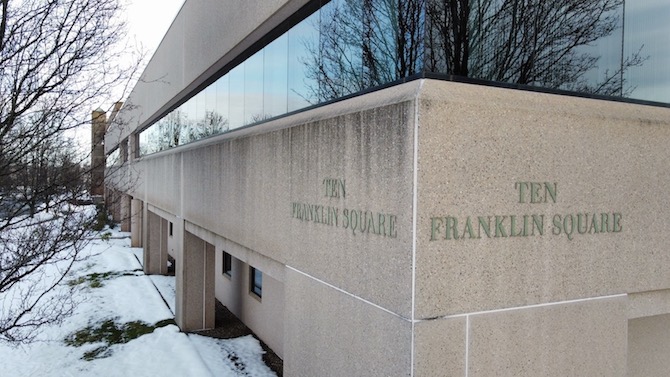History of PURA

(The Public Utilities Regulatory Authority is headquartered at Ten Franklin Square, New Britain, Conn.)
Summary
The Connecticut Public Utilities Regulatory Authority (PURA or the Authority) was established by legislation and came into existence as the Board of Railroad Commissioners on July 1, 1853. The agency was also known as the Railroad Commissioners and the General Railroad Commissioners during the 19th century.
The agency’s mission was to protect the public interest in matters of safety, property rights and accommodation. Street railways came fully under its jurisdiction by 1901, as electricity turned local horse railroads into an interurban transportation network that rivaled the steam railroads. Among its duties, the agency was charged with approving the locations of new lines and certifying them as safe to open; inspecting all the railroads periodically; investigating accidents that involved personal injury; holding hearings in response to petitions and complaints; researching newer safety technologies; and reporting back to the legislature.
Individuals, municipalities, and railway companies could petition the agency for redress. On receipt of a petition, the commissioners would set a date; give legal notice to the parties concerned; take testimony, under oath if necessary; deliberate and announce their finding; and hold additional hearings on appeal. Always limited by statute, the agency’s powers to order improvements, rather than merely recommend them, evolved over time.
By the turn of the century, the increasing numbers of electric, gas, water, telegraph, and telephone companies brought the need for increased regulation and an agency with an expanded scope. On Sept. 9, 1911, in accordance with Public Acts, 1911, chapter 128, the Board of Railroad Commissioners became the new Public Utilities Commission.

('Public Utilities Commission' plates were issued to trucks from the 1940s until 1971.)
In 1975, the General Assembly created the Public Utilities Control Authority from the former Public Utilities Commission. In 1979 this became the Division of Public Utility Control in the Dept. of Business Regulation and in 1980 was made an independent department called the Dept. of Public Utility Control (DPUC).
The DPUC was charged with regulating the electric, gas, water, and telephone industries. The department was subsequently given jurisdiction over cable TV and telecommunications companies, while its jurisdiction over bus, trucking, and livery companies was transferred to the Department of Transportation. It had also been given responsibility for “Call Before You Dig” and administered other programs.
Historically, DPUC set utility rates based on costs, with companies allowed to earn a DPUC-authorized rate of return on their investments. As the legislature opened specific industries to competition, it allowed DPUC to implement alternative forms of regulation for those services that are not fully competitive.
The Connecticut Office of Consumer Counsel (OCC) was previously located within DPUC for administrative purposes only. Today, the OCC, also based at Ten Franklin Square, still serves as an advocate for consumer interests in PURA proceedings.
The DPUC was eliminated in July 2011 and all agency functions were moved under the Department of Energy and Environmental Protection and renamed as the Public Utilities Regulatory Authority, which is commonly known as PURA or the Authority.
Today, PURA is statutorily charged with ensuring that Connecticut's investor-owned utilities, including the state’s electric, natural gas, water, and telecommunications companies, provide safe, clean, reliable, and affordable utility service and infrastructure. PURA’s mission is essential to advancing the state’s energy, economic, and environmental goals and is critical to maintaining public health and safety as well as a robust economy.
Learn more about PURA’s current organizational structure.
Source: Connecticut State Library

